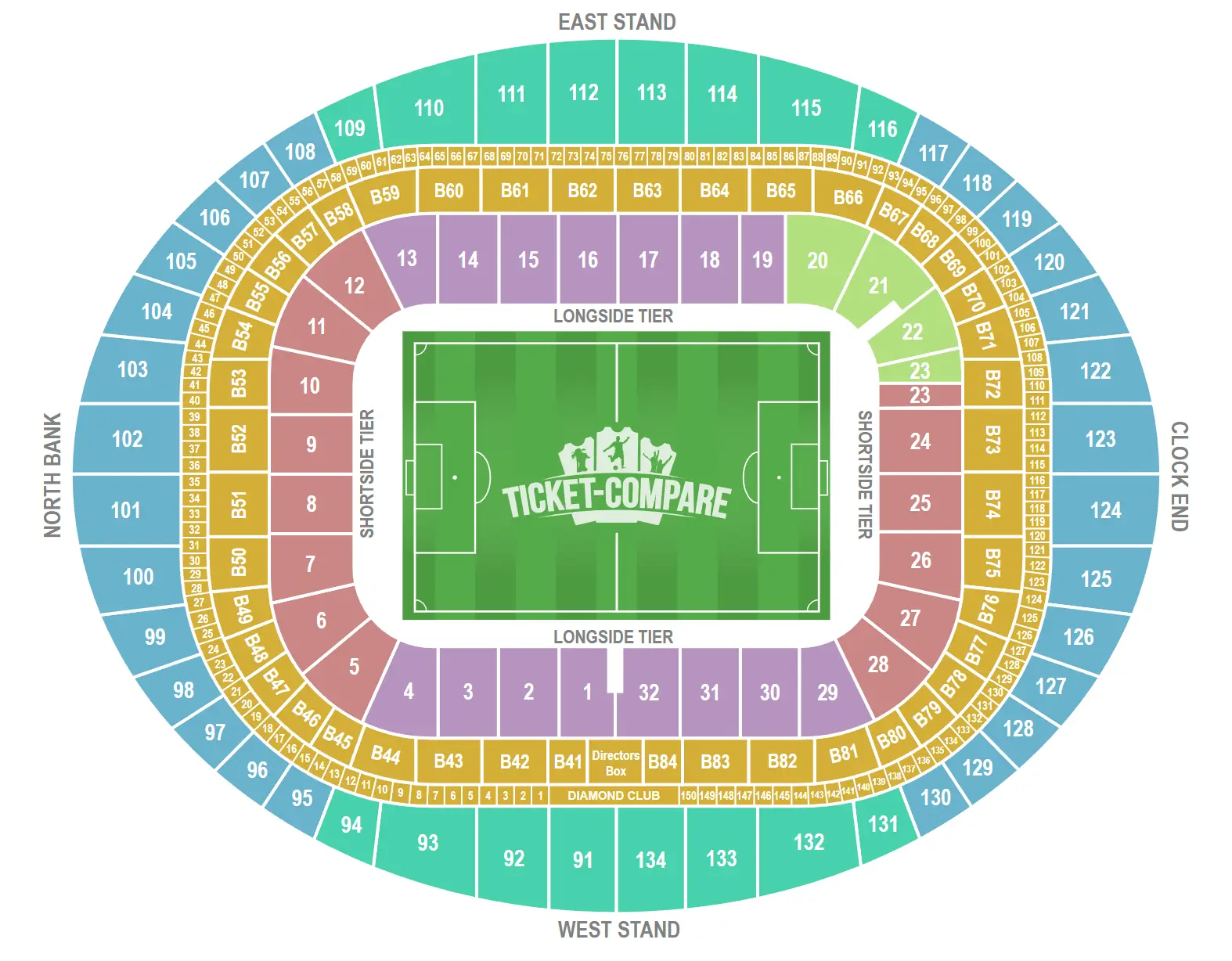The Emirates Stadium: A Landmark in Football

Introduction
The Emirates Stadium, home to Premier League giants Arsenal FC, is not only a significant venue for football fans but also a modern architectural marvel. Opened in 2006, this stadium has transformed the landscape of football in North London and has played a crucial role in elevating Arsenal’s presence in the sport. Its importance extends beyond matches, as it serves as a symbol of the club’s heritage and ambition.
The Journey to the Emirates
Before the Emirates Stadium, Arsenal played at the iconic Highbury Stadium for 93 years. However, as the club aimed to compete on both domestic and European stages, a move to a larger and more state-of-the-art facility became essential. The Emirates Stadium was designed to accommodate 60,704 spectators, making it one of the largest stadiums in England. The construction began in 2004, and the first match at the Emirates took place on July 22, 2006, against AFC Bournemouth.
Design and Features
The design of the Emirates Stadium is a blend of modernity and functionality. With a sleek exterior and top-notch facilities, it has received accolades for enhancing the matchday experience. Key features include premium hospitality suites, fan zones, and advanced pitch technology. The stadium is fully equipped with facilities that cater to fans’ needs, ensuring a vibrant atmosphere during games.
Significance for Arsenal FC
The Emirates Stadium represents a new era for Arsenal FC. The move not only increased revenue through ticket sales and corporate partnerships but also placed the club as a key player in European football. The investment in infrastructure is seen as a pathway for future successes, both financially and competitively. The stadium has hosted numerous significant matches, including FA Cup finals, international fixtures, and concerts, further solidifying its status as a premier destination for sports and entertainment.
Conclusion
As Arsenal FC continues to strive for success on the pitch, the Emirates Stadium remains central to the club’s identity and future ambitions. With plans for further enhancements and community engagement initiatives, the stadium is not just a home for the players but a hub for fans and the local community. The Emirates Stadium stands as a testament to the evolution of football venues, blending tradition with modernity and shaping the future of the sport.
